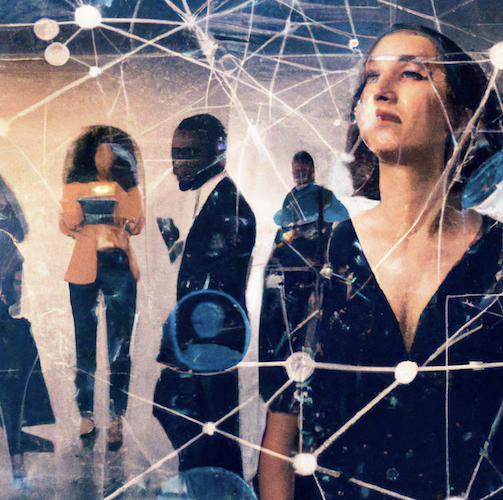Project related to full-time master’s degree Digital Entertainment Business, Major of the Master in Management of Creative and Cultural Industries, Amsterdam and Rome
My Prompt
“Are you an expert in technology and will act as such? Write a lengthy article on the topic ‘Future of storytelling and narrative design in the market of digital entertainment’ with the title ‘Future of sustainable storytelling and narrative design in the field of digital-entertainment-business,’ for a technology-savvy audience, aiming to explain how something works. The article will have the following structure: Title, introduction, 2 H2 sections, 4 H3 sections. The H3 sections will be subsections of the H2 sections. You will format the article in markdown. You will use a communicative writing style, an engaging sentiment, and an informal communicative register. You will present some information from an H2 or H3 section as a bulleted list. You will include verified and reliable sources to support what you write. You will write a catchy meta title of 40 characters and a meta description of 120 characters.”
Ai Tools: ChatGPT4, Bard, Dall-e-2
My Article
Meta Title: Evolution of storytelling and design in digital entertainment
Meta Description: Discover how storytelling and design are redefining digital entertainment. Explore emerging trends and industry innovation.
Introduction
In the digital age we live in, storytelling and narrative design are undergoing a revolutionary transformation in the entertainment industry. The advent of technology has opened unimaginable doors, allowing creatives to push the boundaries of storytelling and offer experiences never seen before. In this article, we will explore the future of sustainable storytelling and narrative design in the world of digital entertainment, highlighting emerging trends and industry innovation.
Technological Convergence: The Heart of the Revolution
The Influence of Artificial Intelligence (AI)
Artificial Intelligence is radically transforming digital storytelling. Advanced algorithms can adapt stories based on user choices, enabling deeper engagement. Platforms like Netflix and Spotify use AI to personalize recommendations and deliver unique experiences to each user.
- Netflix: Personalized recommendations based on past viewing.
- Spotify: Playlists created by algorithms that understand musical preferences.
Virtual Reality and Augmented Reality
Virtual Reality (VR) and Augmented Reality (AR) are taking storytelling to an entirely new level. With VR headsets and AR apps, audiences can immerse themselves directly into stories. These technologies are bringing new virtual worlds to life and allowing creators to tell engaging and immersive stories.
- Oculus Quest 2: VR gaming and storytelling experiences.
- Pokémon GO: Using AR to bring Pokémon into the real world.
Innovation and Sustainability: The Winning Combination
Environmental Sustainability
In the future of digital storytelling, a focus on sustainability becomes crucial. Creative industries are seeking to reduce the environmental impact of their productions. One example is the use of sustainable animation technologies that require fewer resources.
- Pixar: Reducing environmental impact in animation.
- Ecoprod: Ecologically responsible film studio.
Diversity and Inclusion
The storytelling of the future embraces diversity and inclusion, reflecting a wide range of voices and perspectives. This promotes a more authentic and engaging experience for the audience, breaking traditional stereotypes.
- Hollywood: Advancements in LGBTQ+ representation.
- Literature: Inclusive narratives with diverse protagonists.
The User’s Role: Interactive Storytelling
The Power of Choices
Interactive storytelling empowers the user. With interactive games and stories, audiences can make decisions that influence the plot’s development. This creates deeper engagement and a sense of agency.
- Black Mirror’s Bandersnatch: Audience choices that alter the story.
- Mass Effect: Decisions that impact the fate of characters.
The Future of Social Media and Entertainment
Social media is becoming a storytelling platform in itself. Users share real-time stories, creating participatory narratives. This is redefining the concept of “celebrity” and opening new opportunities for content creators.
- TikTok: Creating stories through short videos.
- Twitter Spaces: Engaging live conversations.
Conclusion
The future of storytelling and narrative design in the digital entertainment industry is promising. Technological evolution, sustainability, diversity, and interactivity are driving this revolution. Users now enjoy the power to shape stories, making the experience more engaging than ever. As we head into this new chapter, one thing is certain: digital storytelling will continue to surprise and amaze us, constantly pushing the boundaries of imagination.
So, get ready for a new era of digital storytelling – one that embraces innovation, sustainability, and user participation like never before. The future of digital entertainment is brighter than ever, and we are ready to experience it together.



